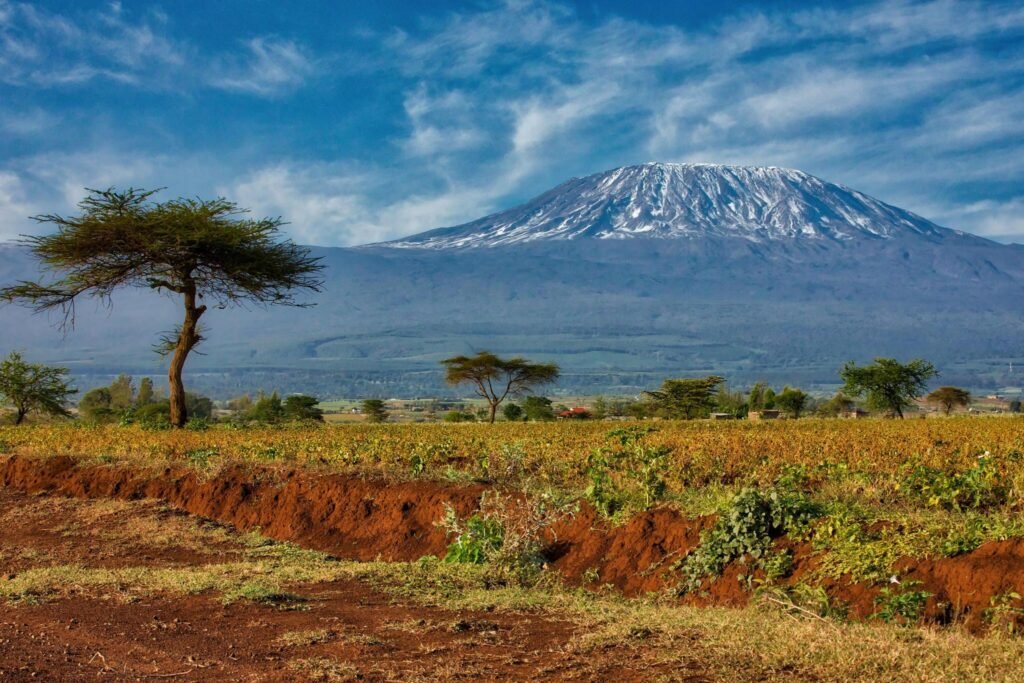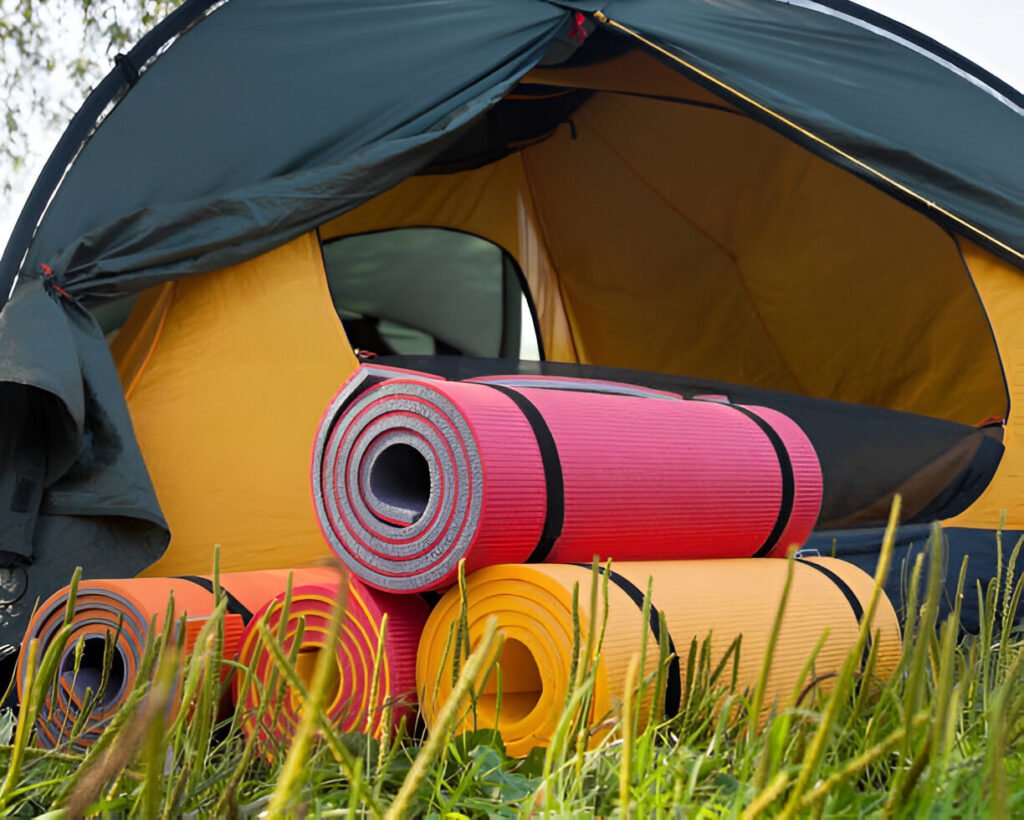What Are the Most Dangerous Routes on Kilimanjaro ? Climbing Mount Kilimanjaro is a bucket-list adventure for many, but not all routes are created equal. With several paths leading to the summit, some are more challenging—and potentially dangerous—than others. Understanding the risks associated with certain routes can help you choose a safer path and increase your chances of reaching the top successfully.
In this guide, we’ll explore the most dangerous routes on Kilimanjaro and provide tips on how to make your climb safe and enjoyable.

What Are the Most Dangerous Routes on Kilimanjaro ? : Why Some Routes on Kilimanjaro Are More Dangerous
Mount Kilimanjaro offers several distinct routes to the summit, each with its own difficulty level. Factors that make certain routes more dangerous include:
- Altitude gain: Rapid ascent can lead to altitude sickness.
- Steepness: Some routes are extremely steep, making them more physically demanding.
- Length: Shorter routes offer less time for acclimatization, increasing health risks.
Learn more about the effects of altitude sickness.
What Are the Most Dangerous Routes on Kilimanjaro ? : The Umbwe Route: The Most Dangerous Path
The Umbwe Route is widely considered the most dangerous route on Kilimanjaro. This route is the steepest and has the most rapid ascent, making it difficult for proper acclimatization. Due to its direct approach, altitude sickness is a significant risk for climbers.
Why Umbwe Is Dangerous:
- Steep and difficult terrain: The initial stages of the route are extremely steep and physically demanding.
- Rapid ascent: Climbers gain altitude very quickly, increasing the risk of acute mountain sickness (AMS).
- Limited acclimatization: The fast pace leaves little time for the body to adjust to the altitude.
If you’re not an experienced climber or haven’t trekked at high altitudes before, it’s best to avoid this route. For safer options, consider routes that allow more gradual ascent.
Learn more about Kilimanjaro’s routes and difficulties.
What Are the Most Dangerous Routes on Kilimanjaro ? : The Marangu Route: Short, but Risky for Altitude Sickness
The Marangu Route is the shortest and often advertised as the easiest route on Kilimanjaro, but that can be misleading. Its shorter length means that climbers ascend quickly, which can lead to a high risk of altitude sickness. While the terrain itself is not as challenging as Umbwe, the lack of acclimatization days makes this route more dangerous than longer, slower routes.
Why Marangu Is Risky:
- Short duration: The entire climb can be completed in just five days, which increases the chances of altitude sickness.
- Crowded paths: Marangu is the most popular route, leading to overcrowded trails and less solitude.
- Fewer acclimatization opportunities: Unlike other routes, Marangu offers fewer chances for the body to adjust to the changing altitude.
For a safer alternative, consider longer routes like Machame or Lemosho, which allow for better acclimatization.
Explore detailed information on Kilimanjaro’s routes.
The Western Breach: Technically Challenging and Risky
The Western Breach Route is known for its technical difficulty and potential dangers. This route includes rock scrambling and is prone to falling rocks, which can make it hazardous. The Western Breach route is steep and challenging, making it unsuitable for climbers without previous experience in mountaineering.
Why the Western Breach Is Dangerous:
- Falling rocks: The Western Breach is prone to rockfalls, making it a physically risky route.
- Technical difficulty: Rock scrambling is required, and climbers need to be prepared for these challenges.
- Steep ascent: Like Umbwe, this route has a steep gradient, and the risk of altitude sickness is higher due to the rapid altitude gain.
This route is typically recommended only for highly experienced climbers. If you’re looking for a safer, non-technical path, the Rongai or Machame routes may be better options.
Learn more about the Western Breach and other technical routes.
What Are the Most Dangerous Routes on Kilimanjaro ? Safer Alternatives for Your Kilimanjaro Climb
While some routes on Kilimanjaro are known for their dangers, there are safer, more enjoyable options for climbers. These routes are still challenging but offer better acclimatization and a higher success rate.
1. The Machame Route: A Popular, Safe Option
The Machame Route, also known as the “Whiskey Route,” is one of the most popular options on Kilimanjaro. It offers beautiful scenery, a gradual ascent, and excellent acclimatization opportunities.
- Duration: 6-7 days.
- Difficulty: Moderate to challenging, with plenty of time to adjust to the altitude.
- Success rate: Higher than Marangu due to better acclimatization.
Find out why the Machame Route is popular among climbers.
2. The Lemosho Route: Ideal for Acclimatization
The Lemosho Route is another safe and scenic option for Kilimanjaro climbers. It starts on the western side of the mountain and offers a longer trek, giving you plenty of time to acclimatize to the altitude.
- Duration: 7-8 days.
- Difficulty: Moderate, with a longer and more gradual ascent.
- Success rate: One of the highest success rates due to its slow, steady approach.
For personalized, safe trekking tours on routes like Lemosho or Machame, consider Kilimanjaro Climb Specialist or Eddy Tours & Safaris, both offering expert-guided expeditions with an emphasis on safety and acclimatization.
Explore more on the Lemosho Route.
What Are the Most Dangerous Routes on Kilimanjaro ? : How to Prepare for a Safe Climb
1. Train in Advance
Climbing Kilimanjaro is a serious physical challenge, so training in advance is essential. Start with cardiovascular exercises like hiking, running, and cycling, and incorporate strength training for your legs and core.
Read more about training for high-altitude climbs.
2. Acclimatize Properly
No matter which route you choose, the key to a safe and successful Kilimanjaro climb is acclimatization. The slower your ascent, the more time your body has to adjust to the altitude, reducing the risk of altitude sickness. Longer routes like Lemosho and Rongai are designed to give your body more time to adapt.
Learn more about acclimatization strategies.
3. Choose the Right Gear
Having the right gear can make all the difference in ensuring your safety and comfort during the climb. Essential items include:
- Layered clothing: For dealing with Kilimanjaro’s unpredictable weather.
- Trekking poles: To help with balance on steep sections.
- Waterproof boots: To keep your feet dry and blister-free.
Discover essential gear for Kilimanjaro climbs.

What Are the Most Dangerous Routes on Kilimanjaro ? : Conclusion
While some routes on Kilimanjaro are more dangerous due to steep ascents, rapid altitude gains, and challenging terrain, there are safer alternatives that offer better acclimatization and higher success rates. By choosing a route like Machame or Lemosho, preparing physically, and acclimatizing properly, you can make your Kilimanjaro adventure both safe and successful.
To plan your Kilimanjaro climb with experienced guides, visit Kilimanjaro Climb Specialist or Eddy Tours & Safaris for expertly guided tours that prioritize your safety and enjoyment.

